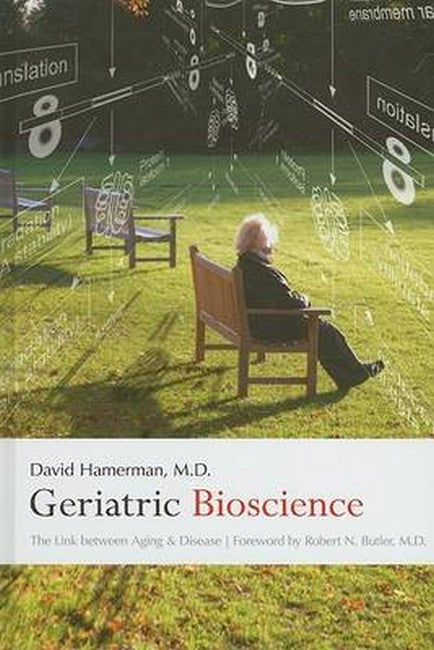It is increasingly important for physicians who treat older persons, and for researchers on aging, to understand how molecular biology informs clinical expressions of aging and age-related conditions such as osteoporosis, diabetes, osteoarthritis, frailty, cancer, and dementia. Dr. David Hamerman translates basic scientific concepts into precepts of clinical practice and sheds light on the links among biology, natural aging, longevity, and disease. Exploring the connections between disease and the science behind it, Geriatric Bioscience addresses how mechanisms of inflammation, cytokine expression, and stress responses influence disease and how preventive gerontology in the practice of medicine could compress morbidity. Hamerman also discusses cutting-edge therapies such as cyclooxygenases, bisphosphonates, statins, cytokine inhibitors, and hormone therapies. Examining the ''science'' of geriatrics and converting its concepts into clinical applications, this groundbreaking work provides clinicians and researchers with a solid foundation for a greater understanding of the diagnosis, treatment, and prevention of age-related diseases as well as recommendations for promoting healthy aging.''One of the greatest challenges facing biologists in the twenty-first century is understanding how the aging process predisposes organisms to the host of pathologies known as age-related disease. This book describes the essential elements of this challenge and is an important and intelligent addition to the gerontology literature.''Judith Campisi, Ph.D., Buck Institute for Age Research, Lawrence Berkeley National Laboratory''This book is a landmark achievement in presenting a perspective of the biology of aging that is linked to the expression of many diseases affecting older persons.''Ronald A. DePinho, M.D., Harvard Medical School, Director, Center for Applied Cancer Science, Dana-Farber Cancer Institute''In this remarkable volume, David Hamerman presents the many exciting advances in our knowledge of the biology of aging and clearly relates them to clinical geriatrics, a link we all need and can use.''T. Franklin Williams, M.D., University of Rochester, former director, National Institute on Aging

